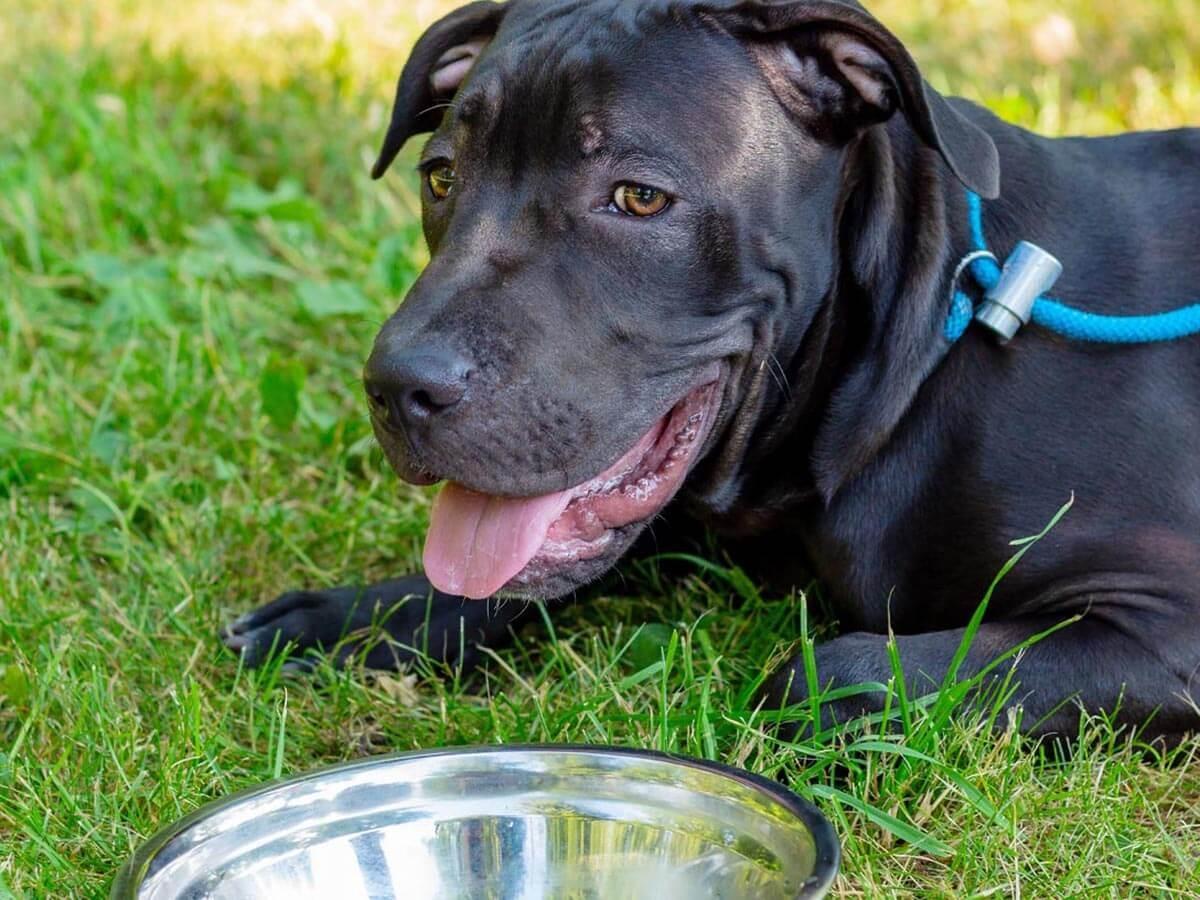Our beloved furry friends bring boundless joy and enthusiasm, but as temperatures rise, their well-being becomes a top priority. Heat stress in dogs, also known as overheating, can lead to serious health complications, including potentially fatal heatstrokes.
Understanding Heat Stress:
When a dog's body temperature exceeds its normal range (around 101.5°F or 38.5°C), its internal systems struggle to keep up. This can lead to a cascade of problems, affecting everything from organ function to brain activity.
Spotting the Signs:
Being alert to the signs of heat stress is crucial for early intervention and preventing emergencies. Keep an eye out for:
Excessive panting: While panting is normal, rapid or labored breathing, especially with other symptoms, is a red flag.
Lethargy or weakness: Notice if your dog seems tired, disinterested, or struggles to move.
Drooling: Excessive drooling is a common attempt to cool down.
Glazed or sunken eyes: These can indicate dehydration, a serious complication of heat stress.
Red gums and tongue: Impaired circulation due to overheating can cause this.
Rapid breathing: Increased respiratory rate signals the body's attempt to compensate for heat stress.
Stumbling or disorientation: Impaired coordination and balance can occur.
Collapse: In severe cases, dogs may lose consciousness and require immediate veterinary attention.
Expert Advice:
Dr. John Hamil, a veterinarian, emphasizes the importance of veterinary intervention:
If your dog's temperature is below 105°F, take them to the vet immediately.
If their temperature is over 105°F, attempt cooling measures while monitoring their temperature every few minutes. Avoid lowering their temperature below 103°F to prevent further complications.
Financial Considerations:
Spot's data reveals that heatstroke can be costly, with claims peaking between April and September and averaging $2,500 – a significant burden on pet owners. Being proactive in keeping your dog cool can prevent both health risks and financial strain.
Proactive Cooling Strategies:
Hydration: Ensure your dog has constant access to fresh, clean water, especially during warm weather.
Shade and Cool Spaces: Provide ample shade and cool areas for them to retreat to, and avoid leaving them in parked cars, even with cracked windows.
Limited Activity: Avoid strenuous exercise and playtime during hot temperatures. Opt for walks in the early morning or late evening when it's cooler.
Know Your Dog's Limits: Account for your pet's breed, age, and overall health. These are factors that can make them more or less susceptible to heat stress.
Remember:
Heat stress in dogs is serious, but preventable with proper care and attention. By recognizing the signs, taking preventive measures, and seeking prompt veterinary help when necessary, you can ensure your furry friend's safety and well-being throughout the hot weather. Their health is paramount, and a little extra caution goes a long way in keeping them cool and comfortable.
